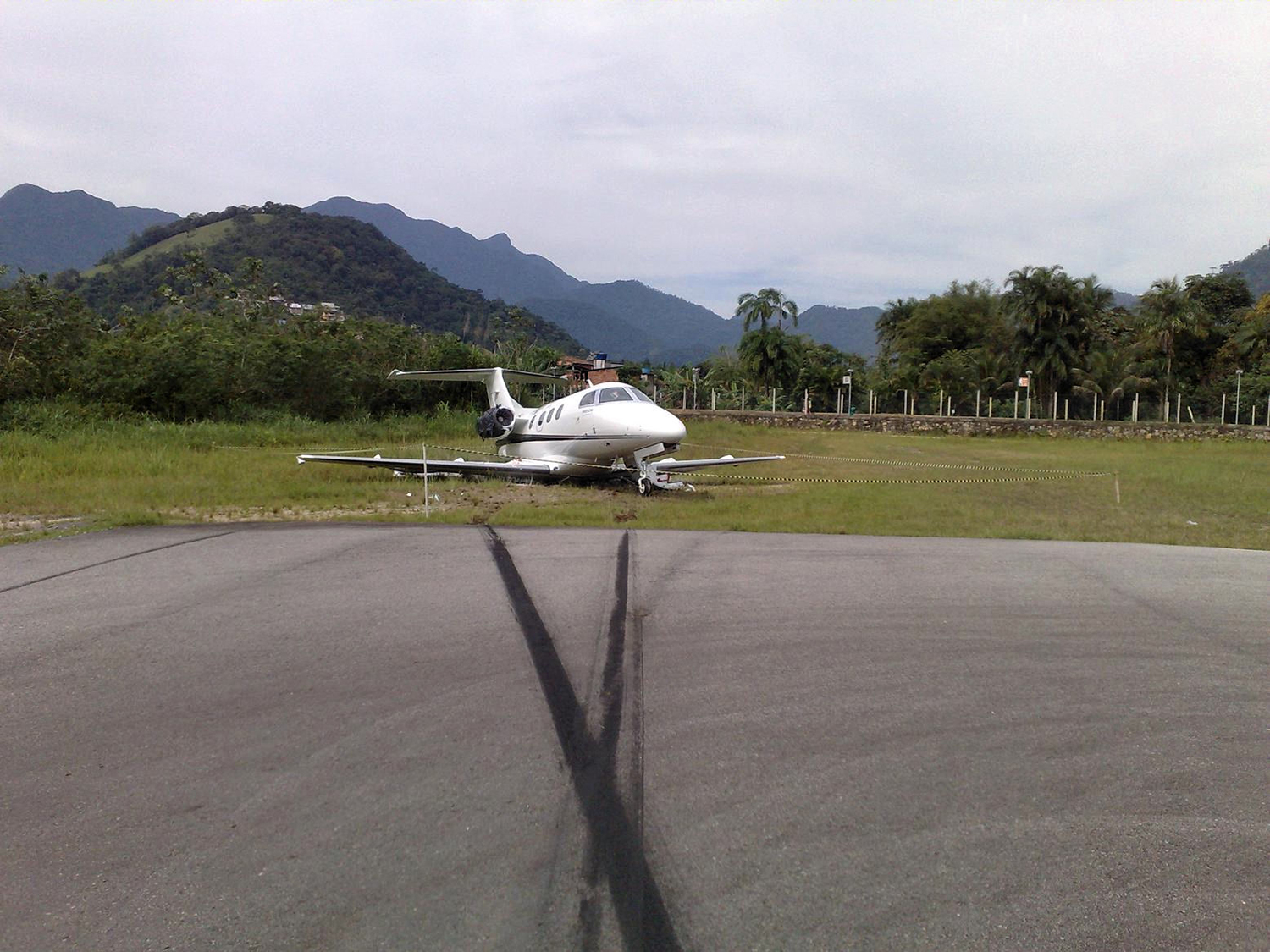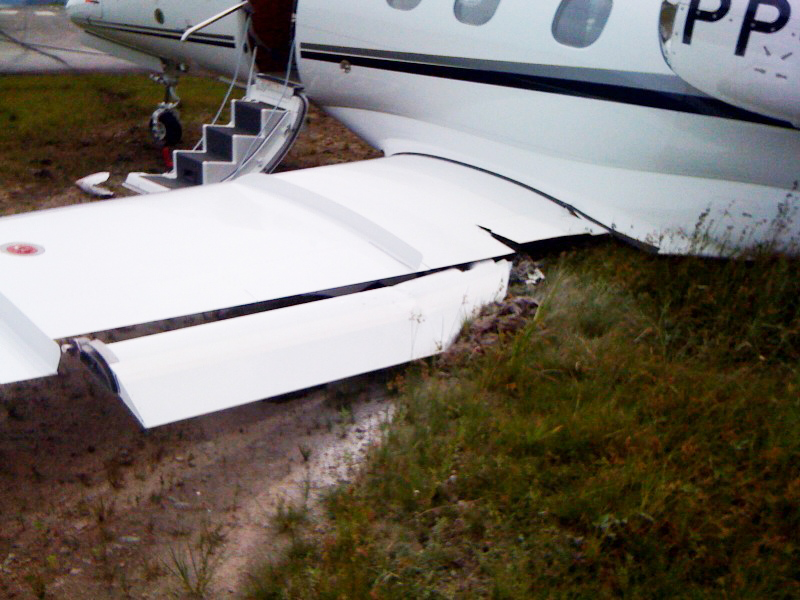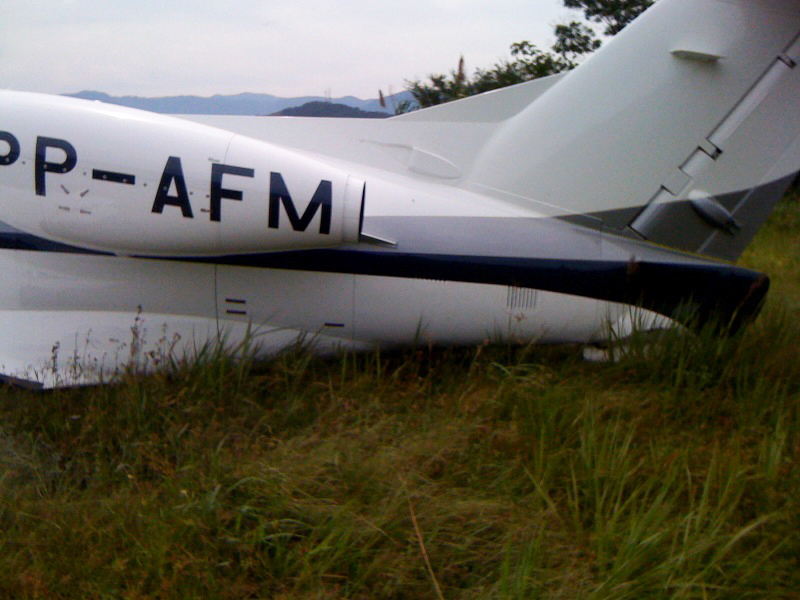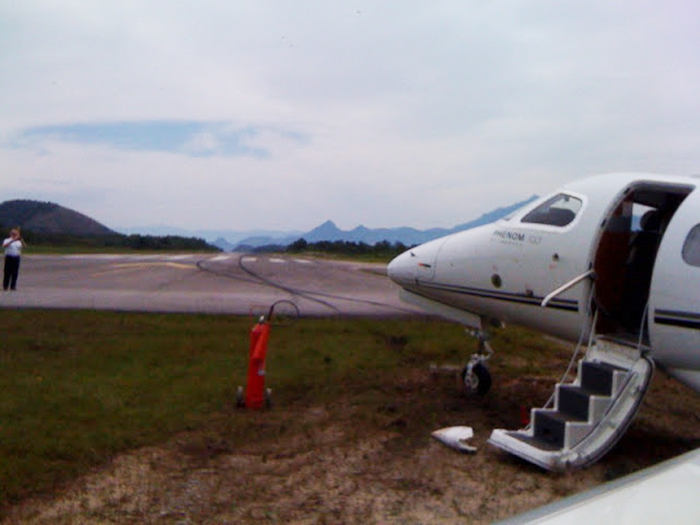Country
Crash of an Embraer EMB-500 Phenom 100 in Sedona
Date & Time:
May 25, 2011 at 1550 LT
Registration:
N224MD
Survivors:
Yes
Schedule:
San Jose - Sedona
MSN:
500-00057
YOM:
2009
Flight number:
RSP240
Crew on board:
2
Crew fatalities:
Pax on board:
3
Pax fatalities:
Other fatalities:
Total fatalities:
0
Captain / Total hours on type:
570.00
Copilot / Total hours on type:
74
Aircraft flight hours:
1052
Circumstances:
Following an uneventful flight, the flight crew briefed the arrival to the destination airport and set the calculated landing speeds. The captain and the first officer reported that during final approach, it felt like the airplane was “pushed up” as the wind shifted to a tailwind or updraft before landing near the runway number markings. Upon touchdown, the captain applied the brakes and thought that the initial braking was effective; however, he noticed the airplane was not slowing down. The captain applied maximum braking, and the airplane began to veer to the right; he was able to correct back to the runway centerline, but the airplane subsequently exited the departure end of the runway and traveled down a steep embankment. A pilot-rated passenger reported that throughout the approach to landing, he thought the airplane was high and thought that the excessive altitude continued through and into the base-to-final turn. He added that the bank angle of this turn seemed greater than 45 degrees. Recorded communication from the cockpit voice and data recorder (CVDR) revealed that during the approach to landing, the flight crew performed the landing checks, and the captain noted difficulty judging the approach. About 1 minute later, the recording revealed that the ground warning proximity system reported “five hundred” followed by a “sink rate, pull up” alert about 16 seconds later. Data from the CVDR revealed that about 23 seconds before weight-on-wheels was recorded, the airplane was at an indicated airspeed of about 124 knots and descending. The data showed that this approximate airspeed was maintained until about 3 seconds before weight-on-wheels. The recorded data further showed that the approach speed was set to 120 knots, and the landing reference speed (vREF) was set to 97 knots. Using the reported airplane configuration and the 3.5-knot headwind that was reported at the time of the approach and landing, calculations indicate that the vREF speed should have been about 101 knots indicated airspeed, which would have required a landing distance of about 3,112 feet. Utilizing the same airplane configuration and wind condition with the flight’s reported 124 knot indicated airspeed just before touchdown, the landing distance was calculated to be about 5,624 feet. The intended runway for landing was 5,132-feet long with a 1.9 percent downward slope gradient, and a 123-foot long overrun area. A postaccident examination of the airplane, including the braking system, revealed no evidence of mechanical malfunctions or failures that would have precluded normal operation. The pilot misjudged the airplane’s speed during the final approach, which resulted in runway overrun.
Probable cause:
The pilots’ unstabilized approach and excessive airspeed during approach, which resulted in an insufficient landing distance to stop the airplane before overrunning the runway.
Final Report:

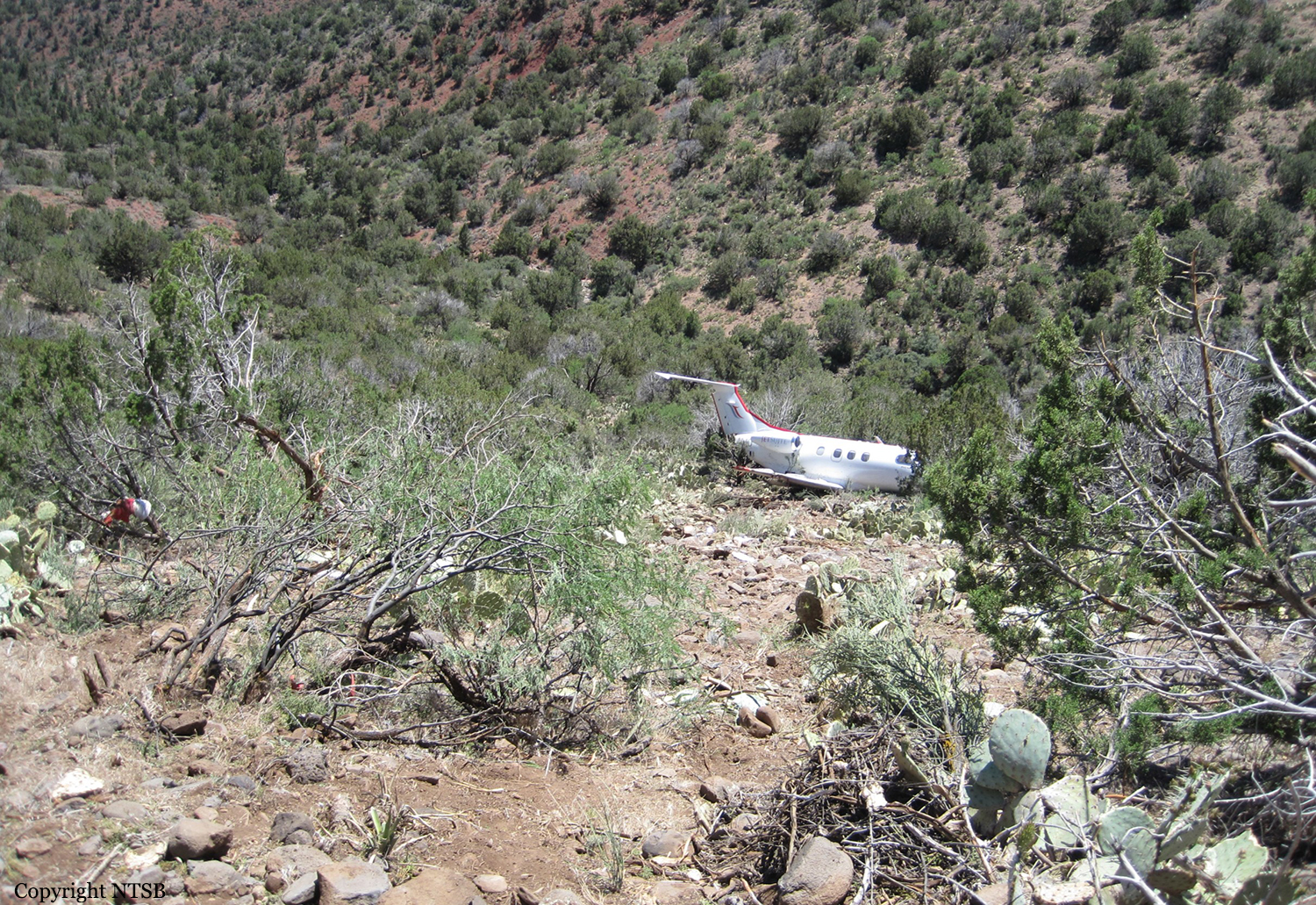
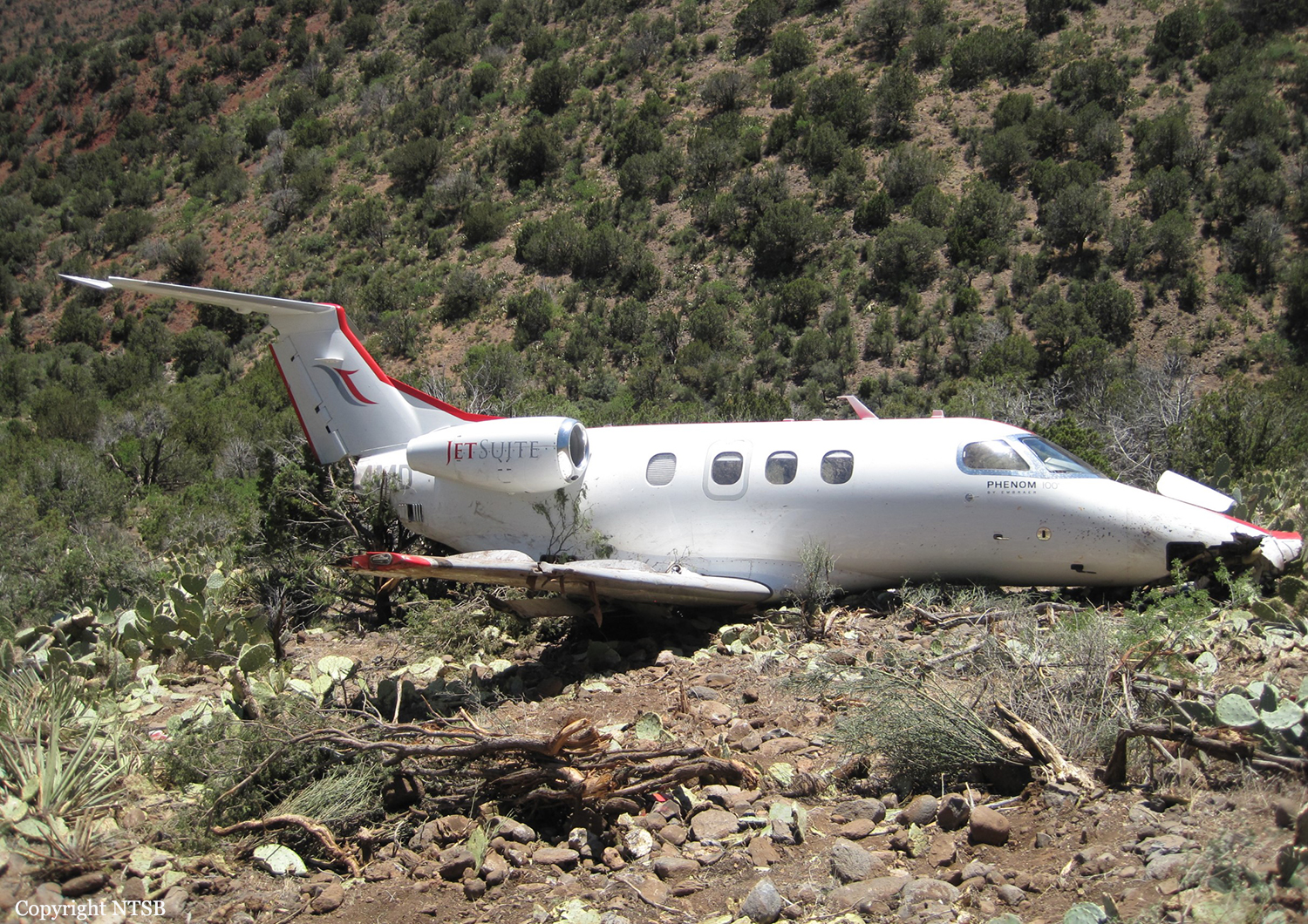
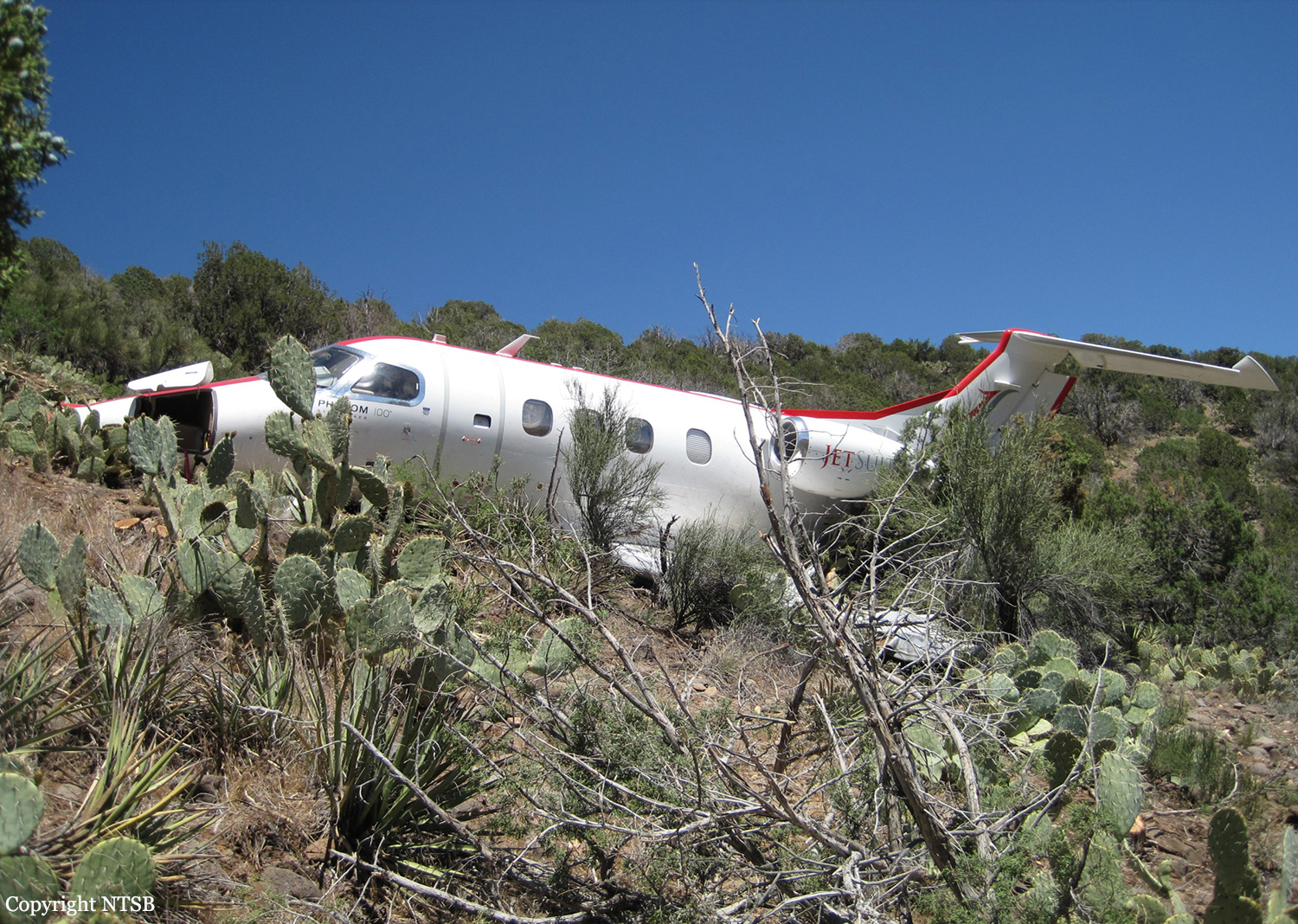
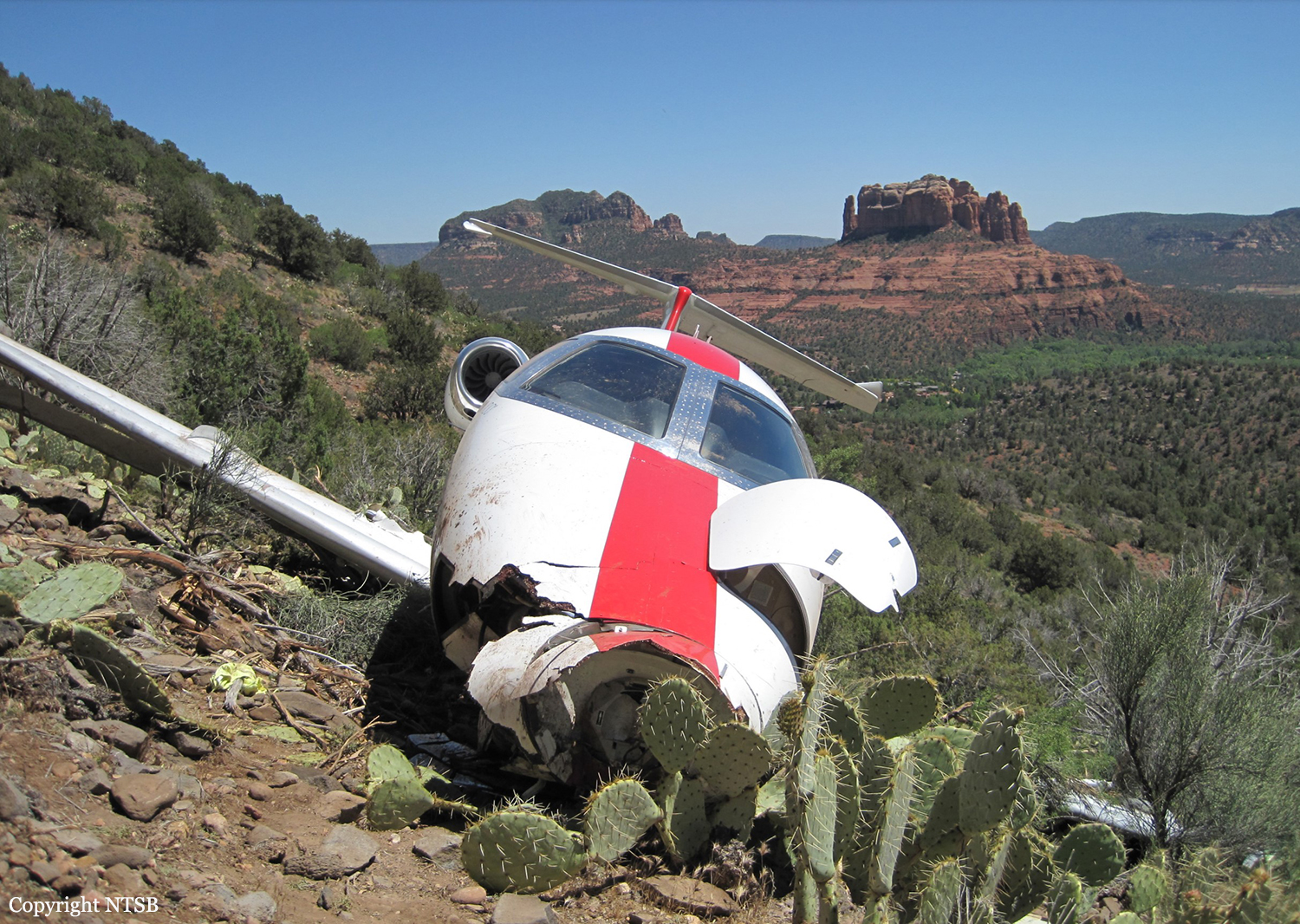
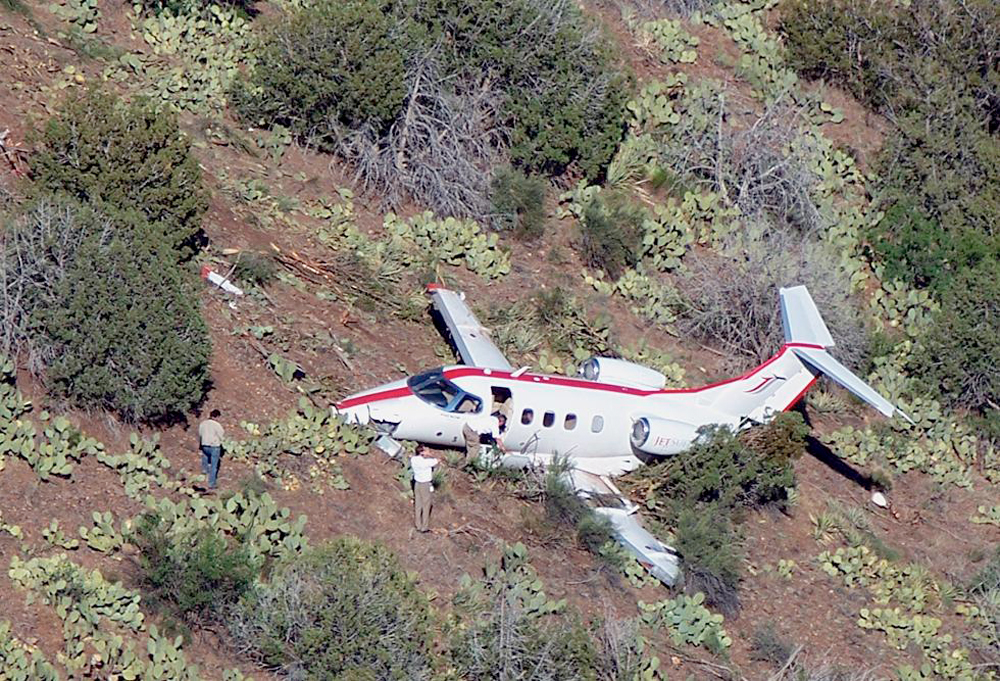

Crash of an Embraer EMB-500 Phenom 100 in Angra dos Reis
Date & Time:
Oct 12, 2009 at 1310 LT
Registration:
PP-AFM
Survivors:
Yes
Schedule:
Campo de Marte – Angra dos Reis
MSN:
500-00049
YOM:
2009
Crew on board:
2
Crew fatalities:
Pax on board:
0
Pax fatalities:
Other fatalities:
Total fatalities:
0
Captain / Total hours on type:
39.00
Copilot / Total hours on type:
39
Aircraft flight hours:
14
Circumstances:
Following an uneventful flight from Campo de Marte, the crew initiated the approach to runway 10 which is 961 metres long. After touchdown, the crew started the braking procedure but the aircraft skidded on runway and cartwheeled. It overran, lost its both main gears and came to rest six metres further. Both pilots escaped uninjured and the aircraft was damaged beyond repair.
Probable cause:
The following findings were identified:
- The crew considered the operation at Angra dos Reis Airport as unsafe, but operated the aircraft at that airport several times due to pressures from the aircraft's owner,
- The landing was completed with a tailwind component and a high aircraft weight, without considering the possibility to use runway 28, which demonstrated a poor assessment of the existing landing conditions,
- The relative short landing distance available, less than one km,
- The possible pressure exerted by the owner to carry out the flights, as well as the need to maintain the job or the professional image, may have contributed to the complacency behavior of the crew on the issues that lead to the operation of aircraft under conditions below acceptable safety standards,
- Poor flight planning,
- The relative low experience of the crew on this type of aircraft.
- The crew considered the operation at Angra dos Reis Airport as unsafe, but operated the aircraft at that airport several times due to pressures from the aircraft's owner,
- The landing was completed with a tailwind component and a high aircraft weight, without considering the possibility to use runway 28, which demonstrated a poor assessment of the existing landing conditions,
- The relative short landing distance available, less than one km,
- The possible pressure exerted by the owner to carry out the flights, as well as the need to maintain the job or the professional image, may have contributed to the complacency behavior of the crew on the issues that lead to the operation of aircraft under conditions below acceptable safety standards,
- Poor flight planning,
- The relative low experience of the crew on this type of aircraft.
Final Report:
